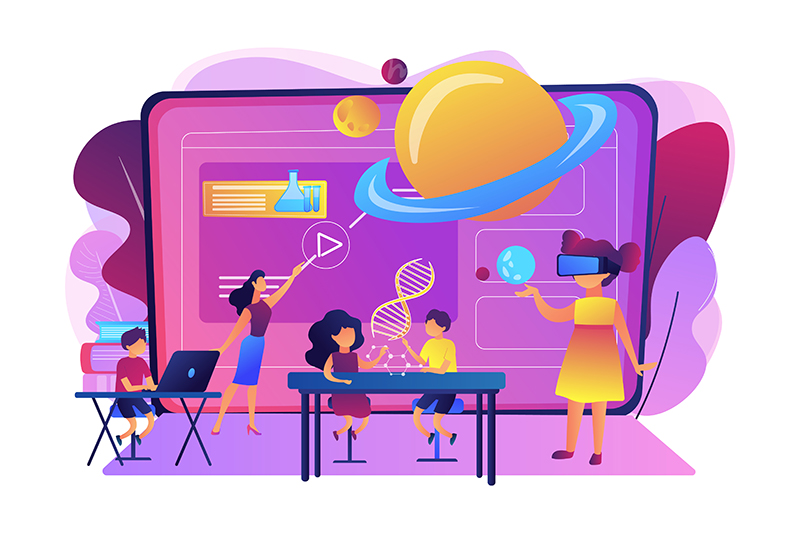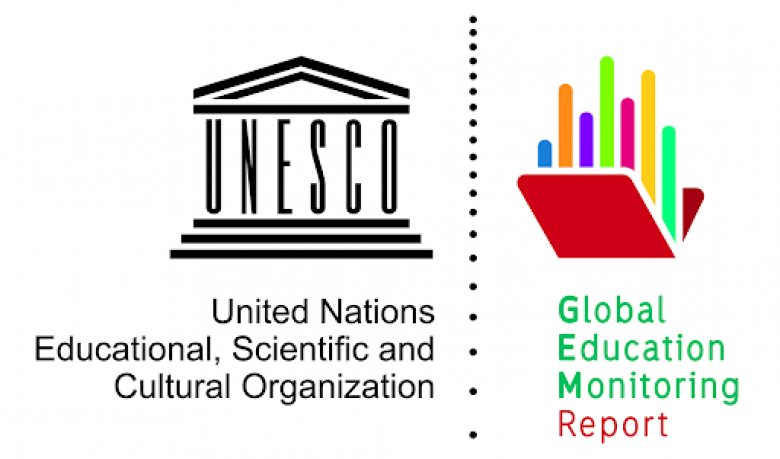Can technology turn a bad teacher into a good one? How can it improve teaching? How can we capitalise on technology’s benefits to optimise learning? Although the experience of integrating technology into education systems differs widely from country to country, both in the way this integration is being or has been carried out and in the stage each country happens to be, there does seem to be a consensus on one basic premise: technology is a tool that can greatly improve teaching and learning processes. It can make these more effective, more engaging, more motivating and more transformational. But technology in itself is not a magic wand to reform education systems or make them better. Digitising “analogue” educational practices that do not work will not lead to any miraculous effect. As we have so often explained in this observatory, for technology to “work its magic” a set of structural and structured reforms is required to tackle the human, institutional and political factors at work in a system (Burns, 2023).

Foto: Ismael Martínez.
In this regard, and focusing on the key element of this transformation—teachers—UNESCO has recently published a benchmark paper (Barriers and Supports for Technology Integration: views from teachers) which investigates teachers’ attempts to integrate technology into teaching and learning in the classroom. It attempts to answer questions such as: What do teachers need to ensure the effective use of technology that supports student learning? What obstacles are they currently facing? What should pre- and in-service teacher training and support be like in order to be effective? What practices or programmes are showing promising results?
The Unesco paper, Barriers and Supports for Technology Integration: views from teachers, investigates teachers’ attempts to integrate technology into classroom teaching and learning.
Notwithstanding the enormous interest of the report as a whole, we at the Observatory have sought to highlight the lessons and recommendations drawn from the years of experience of two institutions, the Campion College in Jamaica and the Orewa College in New Zealand. Although they differ greatly in their socio-economic, political and social contexts, they are a model of technology integration at the scholastic level. The following is a summary of eight lessons learned from their experience.
- Assume that integrating technology in a school takes a long time. Before introducing technology in a school, proper strategic planning at all levels is essential. This involves identifying specific educational goals that are expected to be achieved through the technology. Educators and administrators should consider how technology aligns with their pedagogical goals and design a detailed plan for its implementation.
- Build the technology infrastructure first. No integration is worth it without access to hardware, software and the internet. A successful implementation of technology in a school involves the creation and maintenance of an adequate technology infrastructure. This includes setting up networks, procuring and installing equipment, upgrading systems and ensuring that there is sufficient bandwidth to support the school’s technology needs.
- Select a small group of ‘technology champions’, develop their skills and ask them to teach other teachers. These leading educators play a crucial role in helping their colleagues embrace technology, overcome barriers and make the most of digital tools for the benefit of students’ education. Moreover, as these “technology leaders” teach other teachers, technology knowledge and competence is effectively scaled throughout the school, accelerating the technology integration process and ensuring that more teachers can benefit from digital tools.
- Involve senior teachers. The relationship between senior and junior teachers can lead to an exchange of fresh ideas and innovative perspectives. This collaboration promotes a nurturing learning environment in which expertise and innovation combine to enhance teaching and learning. New teachers can bring new ideas on how to use technology in creative ways, while veteran teachers can offer their experience to refine those ideas. For example, more experienced teachers can support the adoption of new technologies by providing examples of how these tools can be effective in the classroom.
- Focus on leadership, at all levels. Leadership plays a central role in the success of technology-education integration. The presence of strong technology leaders is essential, whether it comes from school principals, heads of department or deputy principals. These leaders convey a purpose and vision for technology to other teachers, students and parents. They also ensure that adequate financial and human resources are available to support educators in their technology integration process. They empower teachers to become technology leaders, recognise and celebrate the implementation of innovative technology, and provide the resources needed to integrate technology effectively into teaching practices.
- Create a learning organisation. To achieve effective integration of technology in schools, it is essential to establish a learning organisation that promotes continuous professional development and mutual support among teachers. This involves creating an environment where educators can share knowledge, collaborate and strengthen their technological skills on an ongoing basis. Collective collaboration and learning builds trust between teachers. When teachers can share their challenges and successes in using technology, they feel more confident in experimenting and trying new tools and approaches in the classroom. In addition, by joining forces, teachers can achieve greater collective effectiveness in teaching with technology. Sharing effective strategies and best practices benefits the whole school community and contributes to a more enriching learning environment.
- First teaching, then technology. Technology cannot transform a bad teacher into a good one, but in the hands of teachers who are skilled and competent in their subject areas and how to teach that content, technology can help create meaningful, engaging and challenging learning opportunities for their students.
- Leave no teacher behind. The pedagogical transformation that technology can offer can only be achieved if all teachers are included in the process. The key here is having a shared vision, ensuring that all teachers are aligned with the goals of technology integration; strong leadership, setting clear expectations, providing guidance and fostering a supportive culture; an understanding of change management; and collaboration among teachers to ensure that no one is left behind.
References
Burns, M. 2023. Paper commissioned for the 2023 Global Education Monitoring Report, Technology in Education. UNESCO.






